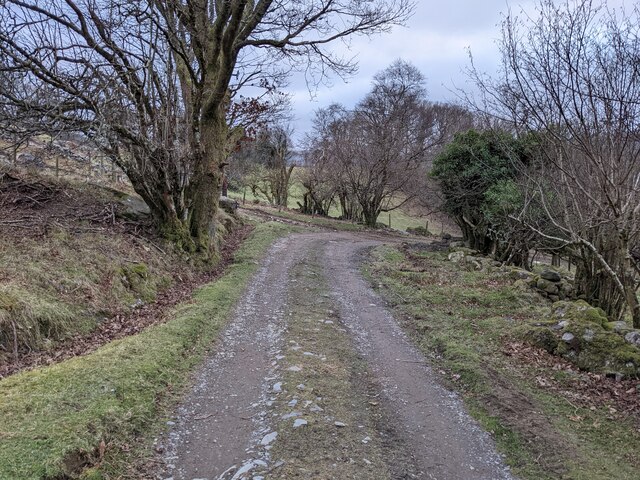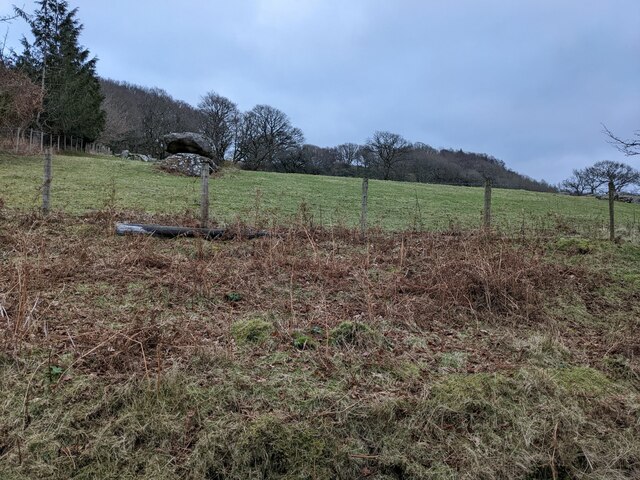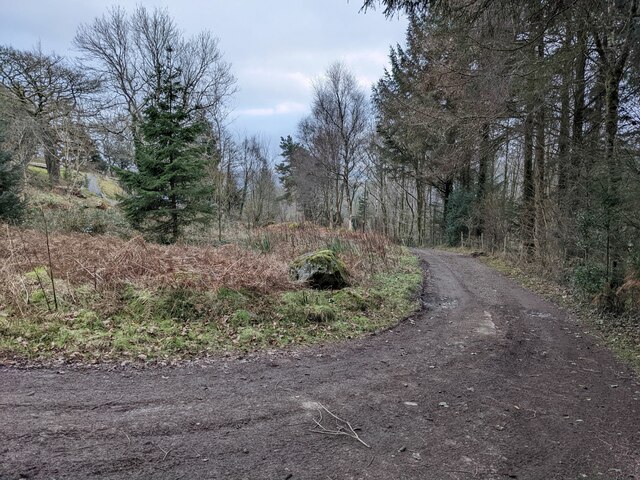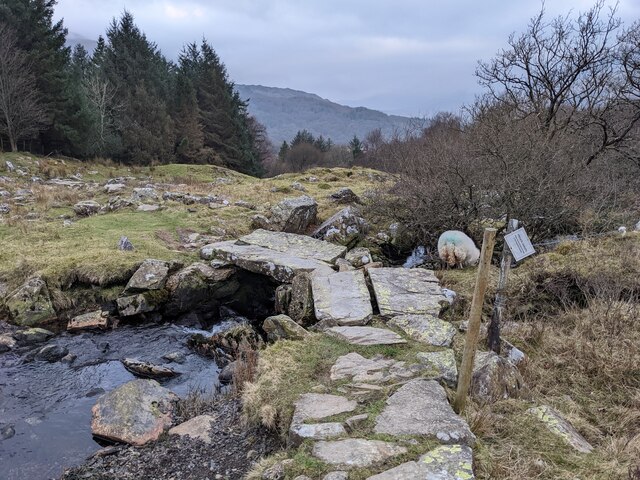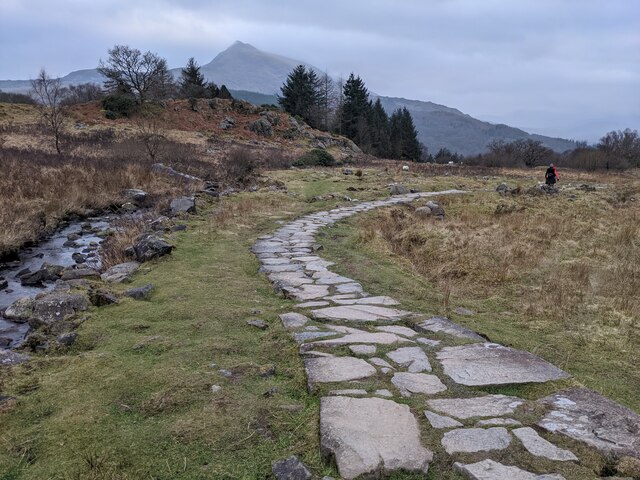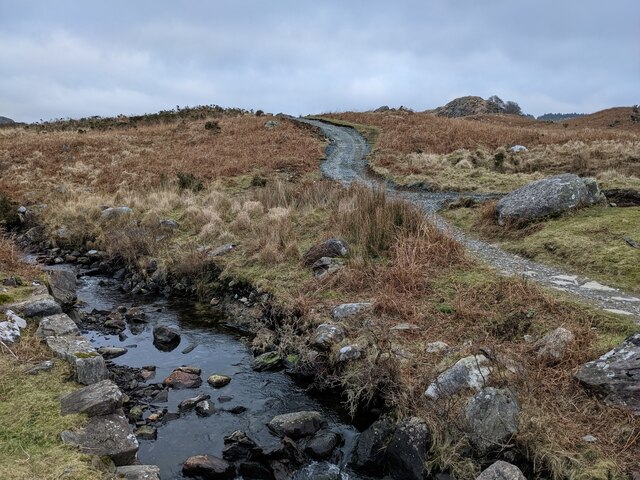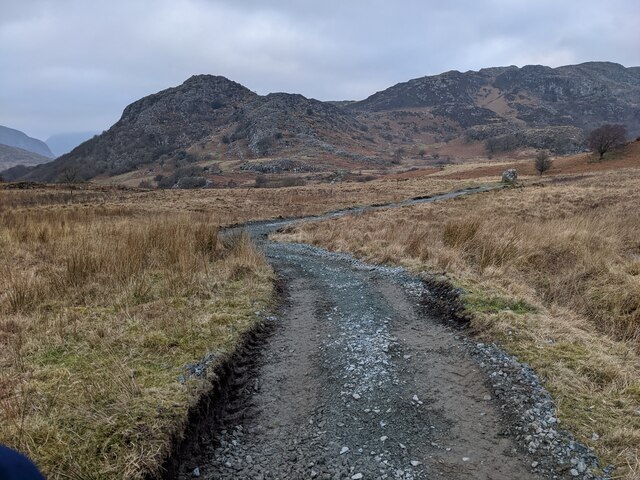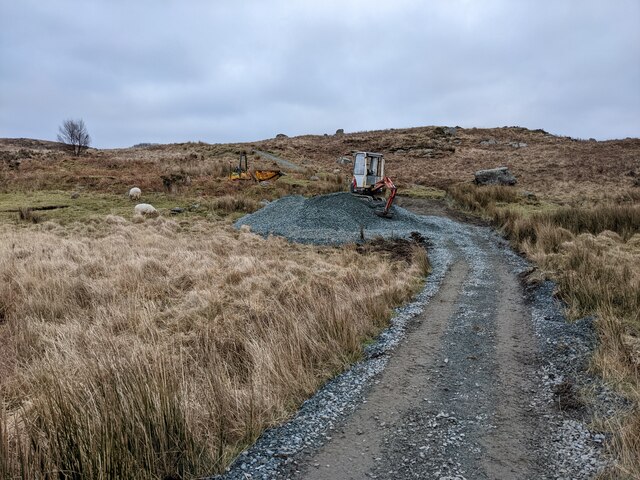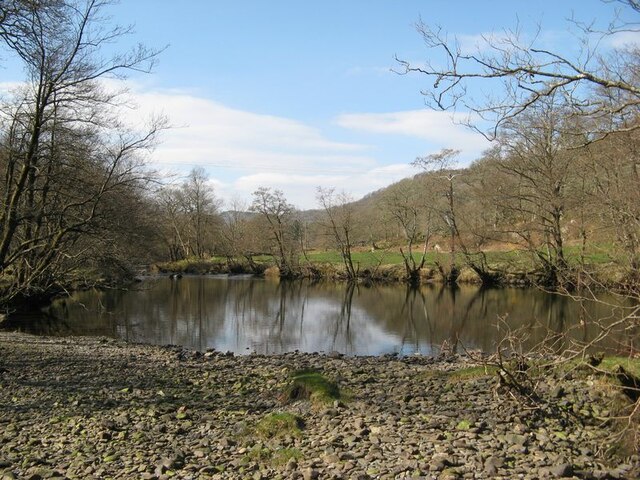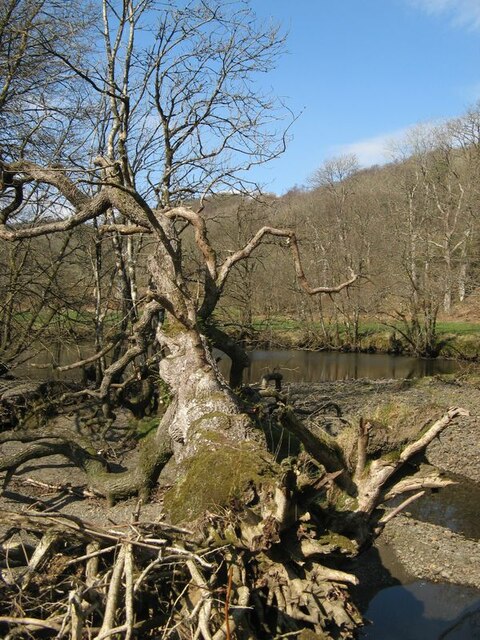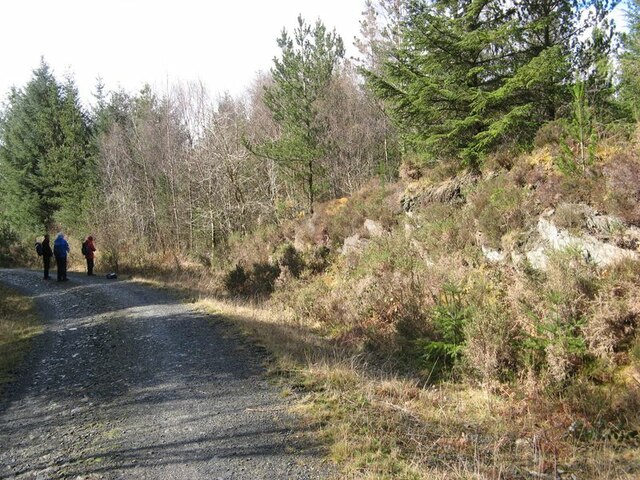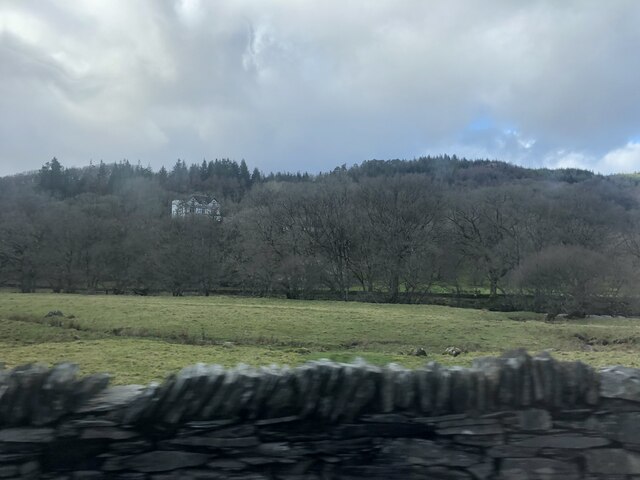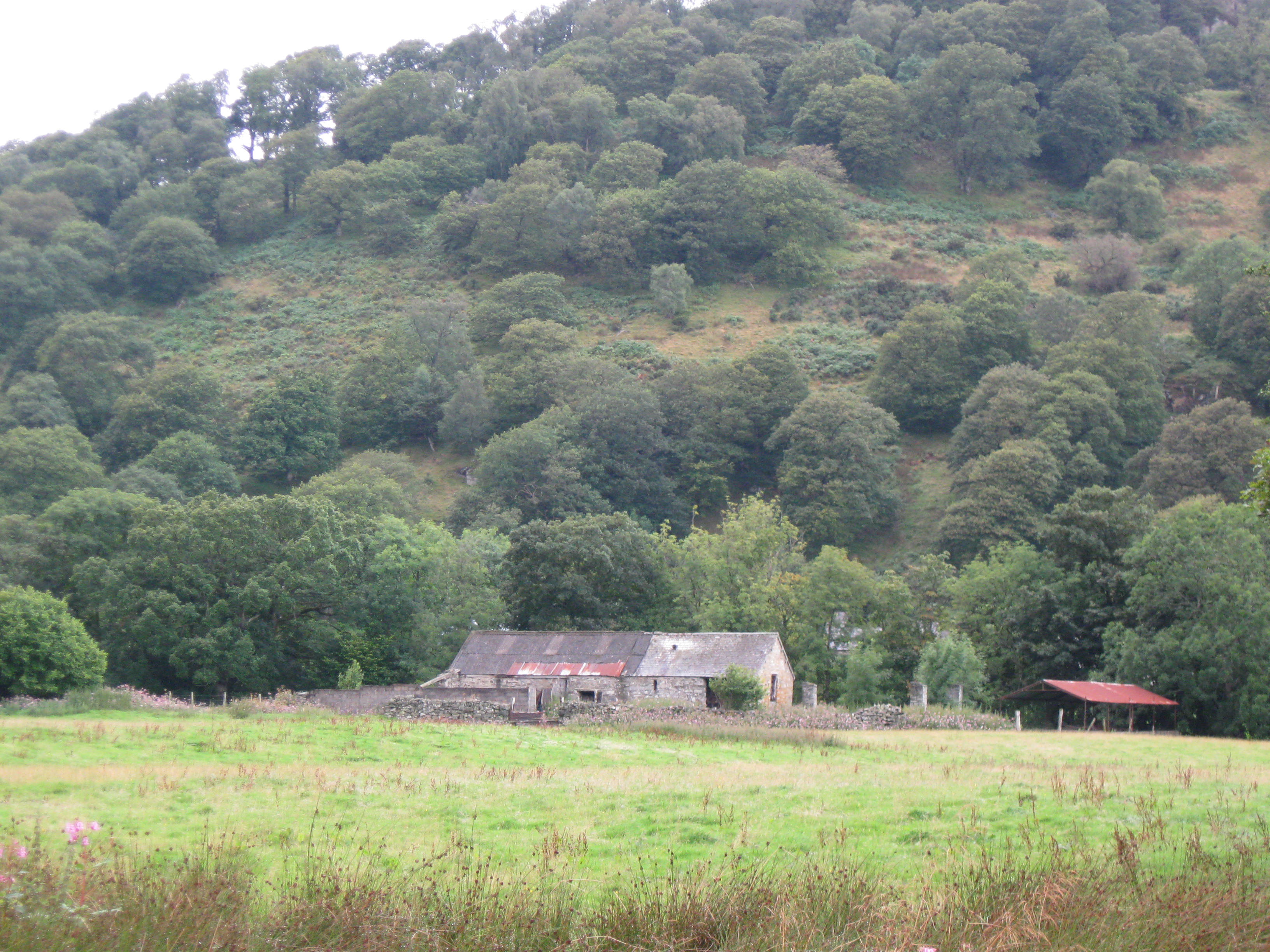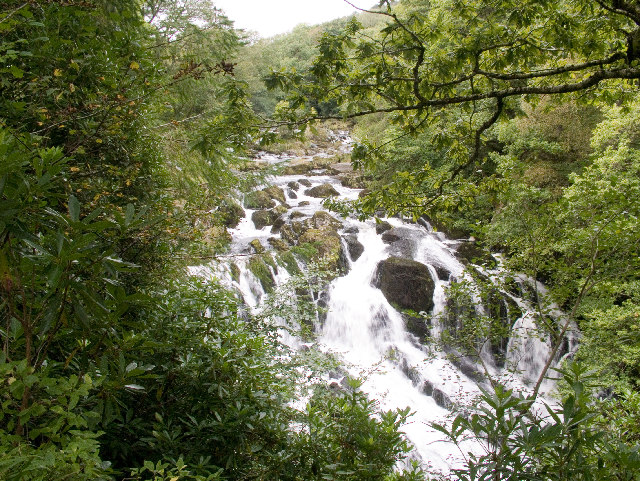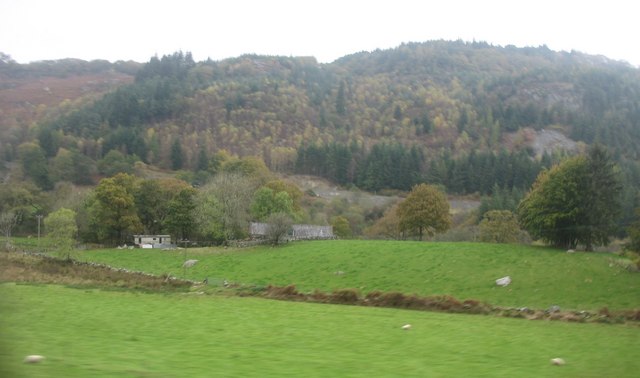Coed Bryn-y-gefeiliau
Wood, Forest in Caernarfonshire
Wales
Coed Bryn-y-gefeiliau
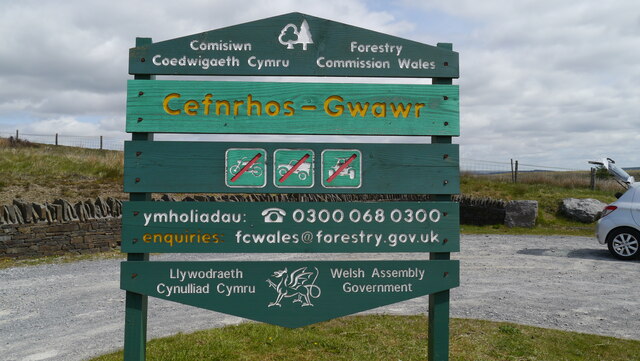
Coed Bryn-y-gefeiliau, located in Caernarfonshire, is a picturesque woodland area renowned for its natural beauty and rich biodiversity. Covering an approximate area of [insert size], this enchanting forest is a popular destination for nature enthusiasts, hikers, and wildlife lovers alike.
The woodland is characterized by a diverse range of tree species, including oak, beech, birch, and pine, which create a stunning tapestry of colors throughout the seasons. The forest floor is adorned with a carpet of vibrant wildflowers, such as bluebells and primroses, adding to the area's allure.
Coed Bryn-y-gefeiliau is home to a wide variety of wildlife, making it a haven for nature conservation. Visitors may be fortunate enough to spot native species such as red squirrels, badgers, foxes, and a plethora of bird species including the great spotted woodpecker, tawny owl, and pied flycatcher.
Tranquil walking trails wind their way through the woods, offering visitors the chance to explore and immerse themselves in the natural surroundings. The paths are well-maintained, making it accessible for people of all ages and abilities.
In addition to its natural wonders, Coed Bryn-y-gefeiliau also boasts a rich historical significance. It is believed that ancient Celtic tribes once inhabited the area, leaving behind remnants of their culture and heritage. Archaeological sites, such as burial mounds and standing stones, can still be found within the forest, providing a fascinating glimpse into the past.
Overall, Coed Bryn-y-gefeiliau is a captivating forest that offers visitors a chance to connect with nature, witness its beauty, and experience the tranquillity of the Welsh countryside.
If you have any feedback on the listing, please let us know in the comments section below.
Coed Bryn-y-gefeiliau Images
Images are sourced within 2km of 53.093118/-3.8758474 or Grid Reference SH7456. Thanks to Geograph Open Source API. All images are credited.
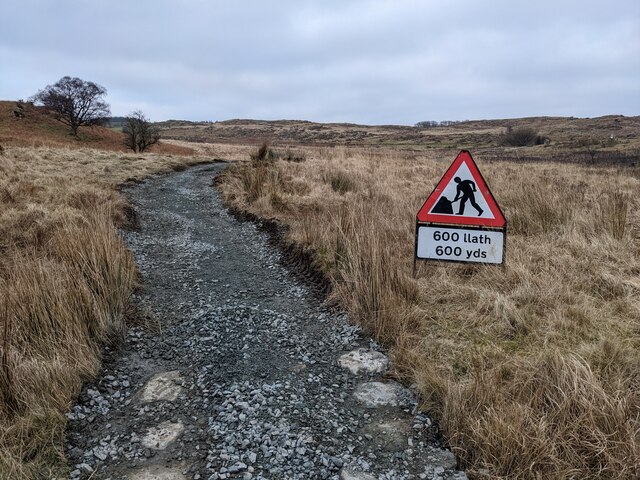
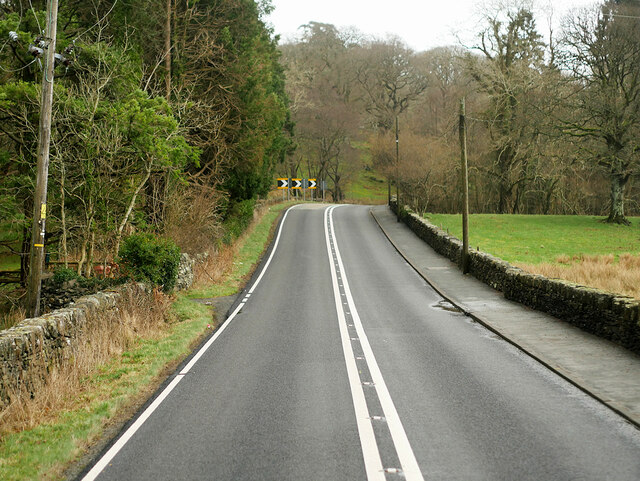
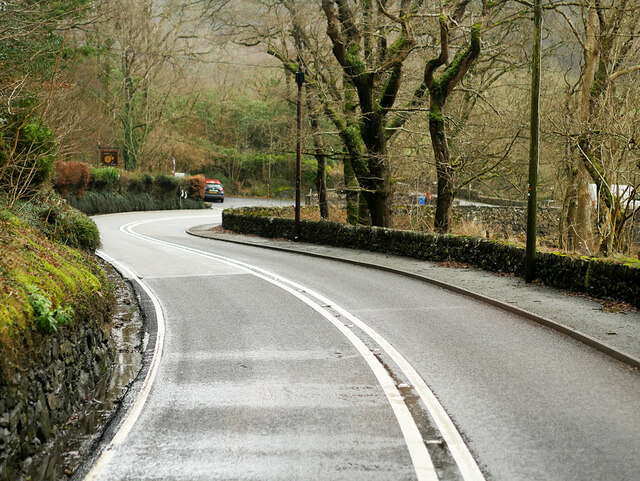
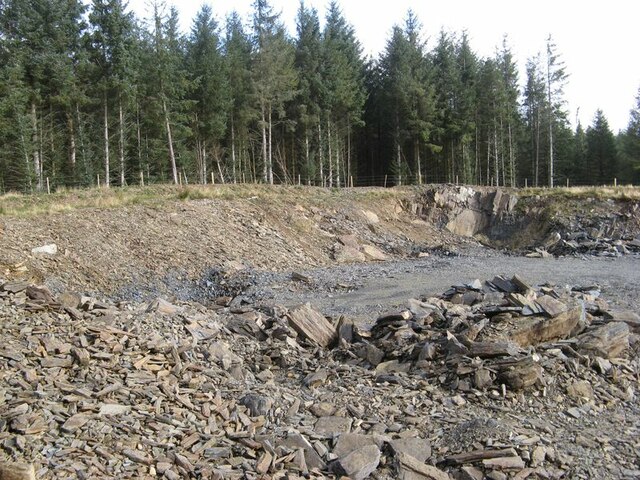
Coed Bryn-y-gefeiliau is located at Grid Ref: SH7456 (Lat: 53.093118, Lng: -3.8758474)
Unitary Authority: Conwy
Police Authority: North Wales
What 3 Words
///cutaway.botanists.collected. Near Betws-y-Coed, Conwy
Nearby Locations
Related Wikis
Caer Llugwy
Caer Llugwy, or Bryn-y-Gefeiliau, is the site of a Roman fort in a loop of the Afon Llugwy near Capel Curig in Conwy, Wales. It is notable in that there...
Cobden's Hotel
Cobden's Hotel is a 19th-century hotel in Capel Curig, Conwy, Wales. It became famous after it was bought by the celebrated cricketer Frank Cobden and...
Llyn Goddionduon
Llyn Goddionduon is a remote lake in the Gwydir Forest in north Wales. It lies at a height of 794 ft (242 m) and covers an area of 10 acres (40,000 m2...
Swallow Falls
Swallow Falls is an English name for the Welsh Rhaeadr y Wennol, also known as Rhaeadr Ewynnol (English: 'the foaming waterfall'), a multiple waterfall...
Capel Curig
Capel Curig (Welsh pronunciation: [ˈkɑːpɛl ˈkɨːrɪɡ]; meaning "Curig's Chapel") is a village and community in Conwy County Borough, Wales. Historically...
Plas y Brenin
Plas y Brenin, located in Conwy County Borough, Wales, is a National Outdoor Centre owned by Sport England. The centre is situated in Dyffryn Mymbyr, the...
Llyn Bodgynydd
Llyn Bodgynydd is a lake in the Gwydir Forest in North Wales. It covers an area of some 14 acres (57,000 m2), and lies at a height of 822 feet (251 m)...
Rhiw-goch quarry, Conwy
Rhiw-goch quarry (also known as Brandreath quarry) was a slate quarry that was worked from the 1860s to 1908. It stands on the north side of the Afon Lledr...
Nearby Amenities
Located within 500m of 53.093118,-3.8758474Have you been to Coed Bryn-y-gefeiliau?
Leave your review of Coed Bryn-y-gefeiliau below (or comments, questions and feedback).
